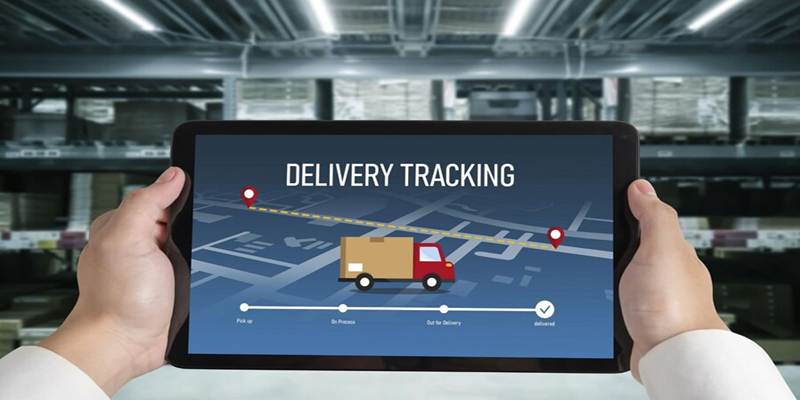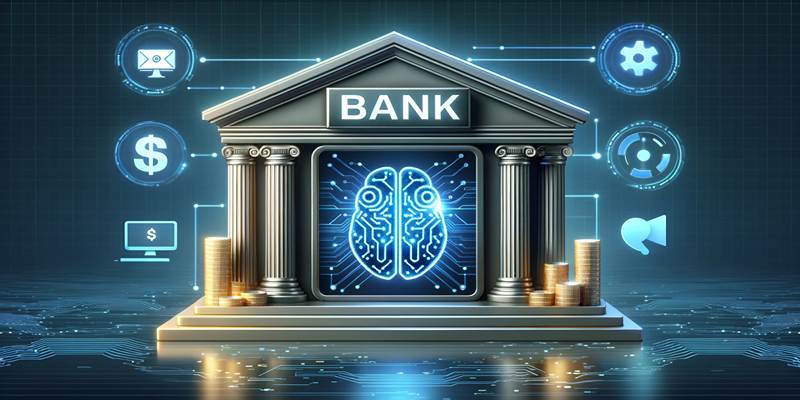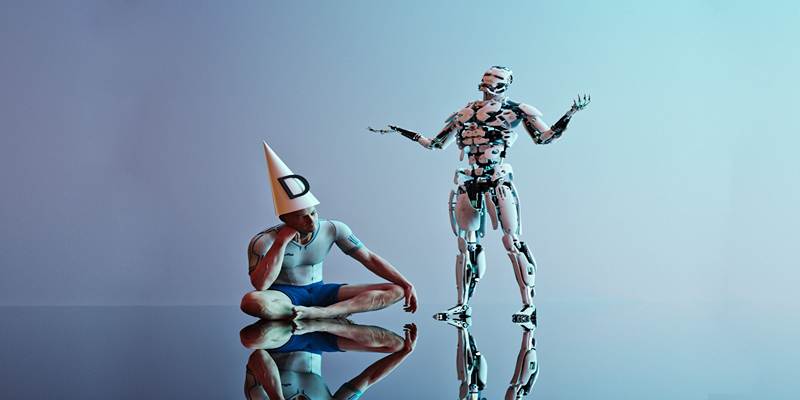Supply chains across the world have faced growing pressures over the last few years. From pandemic disruptions and geopolitical risks to rising customer expectations and unpredictable market shifts, the old ways of managing supply and demand are no longer enough. Businesses are now looking for smarter ways to stay competitive, and Artificial Intelligence (AI) is at the centre of this transformation.
AI is changing the way supply chains are built, managed, and optimized. It offers tools that improve flexibility, boost operational resilience, and help companies put the customer at the heart of every decision. In this evolving landscape, businesses that adopt AI are better prepared to respond to change, recover from disruptions, and deliver superior customer experiences.
The Growing Need for Change in Supply Chains
In traditional supply chains, decisions were often based on historical trends, spreadsheets, and human judgment. While these methods worked in a stable environment, they fall short in today’s fast-moving and uncertain world. Supply chains have become global, complex, and highly sensitive to delays, demand shifts, and cost fluctuations.
AI is a better way to move forward. AI can look at huge amounts of real-time data, find trends, and make accurate predictions. It helps businesses switch from reactive planning to proactive and even predictive supply chain management.
Key Advantages of AI in Supply Chain Management
When used effectively, AI provides several important benefits that directly impact agility, resilience, and customer satisfaction.
Improved Forecasting Accuracy
AI algorithms can examine vast amounts of data—including historical sales, customer behavior, weather conditions, and even social trends—to forecast demand more accurately than traditional models.
- Enables better inventory planning
- Helps avoid overstocking or stockouts
- Reduces waste and unnecessary costs
Real-Time Inventory and Logistics Tracking

AI systems track the movement of goods across every part of the supply chain. This visibility helps identify delays and bottlenecks early.
- Live updates on product location
- Faster issue detection and resolution
- Better collaboration across departments and vendors
There is a noticeable shift from static inventory models to dynamic, AI-powered systems that adjust in real-time to external changes.
Smarter Decision-Making
AI tools assist supply chain managers by providing timely insights and recommendations based on real-time data.
- Identifies the best shipping routes
- Suggests order changes based on expected demand
- Alert managers to risks like supplier delays or weather disruptions
Creating an Agile Supply Chain with AI
Agility refers to the supply chain’s ability to adapt quickly and effectively to changes. AI makes this possible by automating processes and enhancing visibility at every step of the chain.
Tools That Drive Agility
To build agile supply chains, organizations are turning to several AI-powered tools:
- Predictive analytics to anticipate issues before they happen
- Automated planning tools that adjust schedules on the fly
- AI-based robotics for faster warehouse operations
By removing manual guesswork and enabling quicker response times, AI allows supply chains to become flexible and adaptable in ways that were not possible before.
Building Supply Chain Resilience with AI
While agility helps companies respond to change, resilience focuses on long-term strength and recovery from disruptions. AI plays a key role in this area by identifying potential vulnerabilities and building stronger supply chain networks.
How AI Strengthens Resilience
AI supports resilient operations in several ways:
- Simulates different disruption scenarios to test supply chain reactions
- Identifies single points of failure in the supplier base
- Helps businesses create alternate sourcing plans
For example, if a supplier is at risk due to political instability or a natural disaster, AI can suggest alternate suppliers or routes before a disruption even happens.
Enhancing Customer-Centric Logistics
Today’s consumers expect more—faster deliveries, real-time updates, flexible options, and seamless service. To meet these expectations, businesses must build supply chains that are responsive to individual customer needs.
The Role of AI in Personalization and Service
AI makes customer-centric logistics possible by learning from customer preferences, behavior, and order history.
- Provides personalized delivery options
- Recommends products based on past purchases
- Sends updates at every stage of order fulfillment
This personalized experience builds trust and loyalty while improving the overall customer experience.
Industry Examples of AI in Supply Chain Transformation

Several leading companies are already reaping the rewards of using AI in their supply chains.
- Amazon uses AI to anticipate customer orders and pre-position inventory at nearby hubs, reducing shipping time.
- DHL uses AI-powered robotics in warehouses to speed up order picking and reduce errors.
- Walmart applies AI to optimize its supply chain routes and reduce transportation costs.
These examples show that AI is not just for tech giants—it’s being adopted across industries to improve efficiency, customer service, and resilience.
Practical Steps to Implement AI in Supply Chains
For organizations looking to bring AI into their supply chain operations, the path forward doesn't have to be complex. A few simple steps can create a solid foundation for change.
Getting Started with AI Integration
- Identify a use case – Start small, like improving demand forecasts or route optimization.
- Collect good-quality data – AI tools need clean, reliable data to work effectively.
- Choose the right platform – Select tools that integrate easily with current systems.
- Train employees – Help teams understand how AI supports their work
- Measure and refine – Track performance and continue to optimize the system
By taking a phased approach, companies can adopt AI without disrupting existing operations.
Conclusion
As global supply chains continue to evolve, the role of AI will only grow. Companies that embrace AI are better positioned to navigate uncertainty, improve efficiency, and deliver exceptional customer experiences. By enhancing agility and building resilience, AI doesn’t just solve today’s problems—it prepares supply chains for the future. Those who invest now in AI-powered tools will gain a clear competitive advantage in an increasingly complex and connected world.











